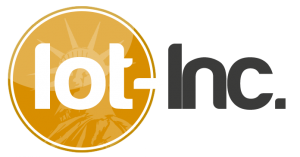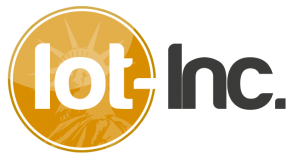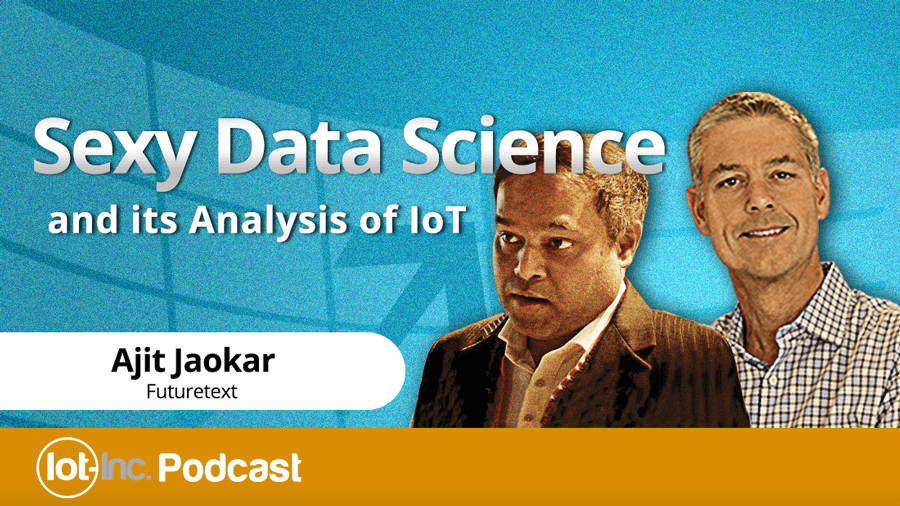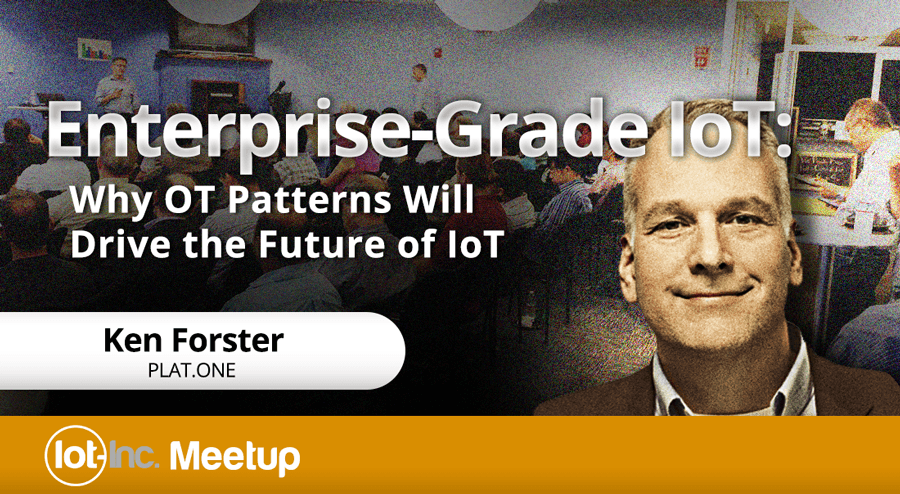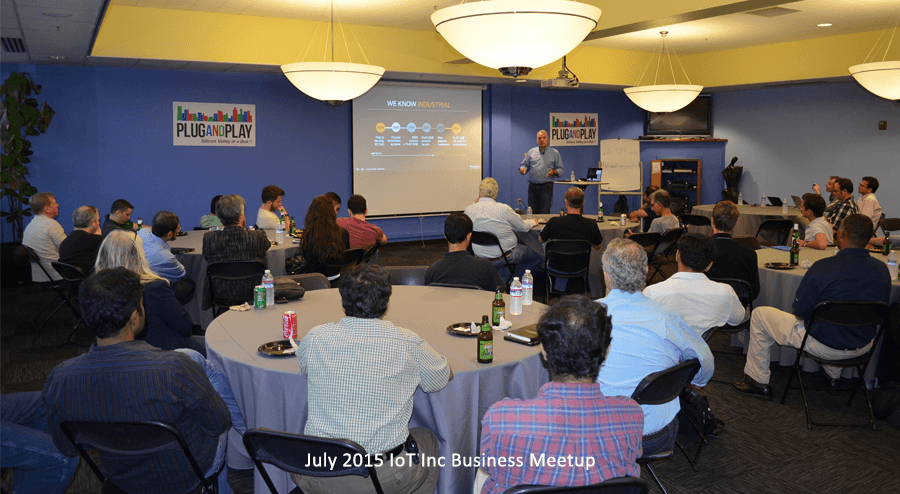03 Sep Defining & Categorizing the IoT Platform
Getting your arms around the IoT platform is still a challenge, mostly because the definition is still evolving. However if you squint your eyes a platform is either used for managing devices, managing backhaul communications or developing applications. And it lives in the cloud or on-prem or in both places at the same time. Using scope and topology is the first step in narrowing down the field while shopping for your platform.
Watch this video (or read the transcript) to see Ken Forster expertly classify IoT platforms in terms of scope and topology and describe what he considers most important when making a buying decision ...
